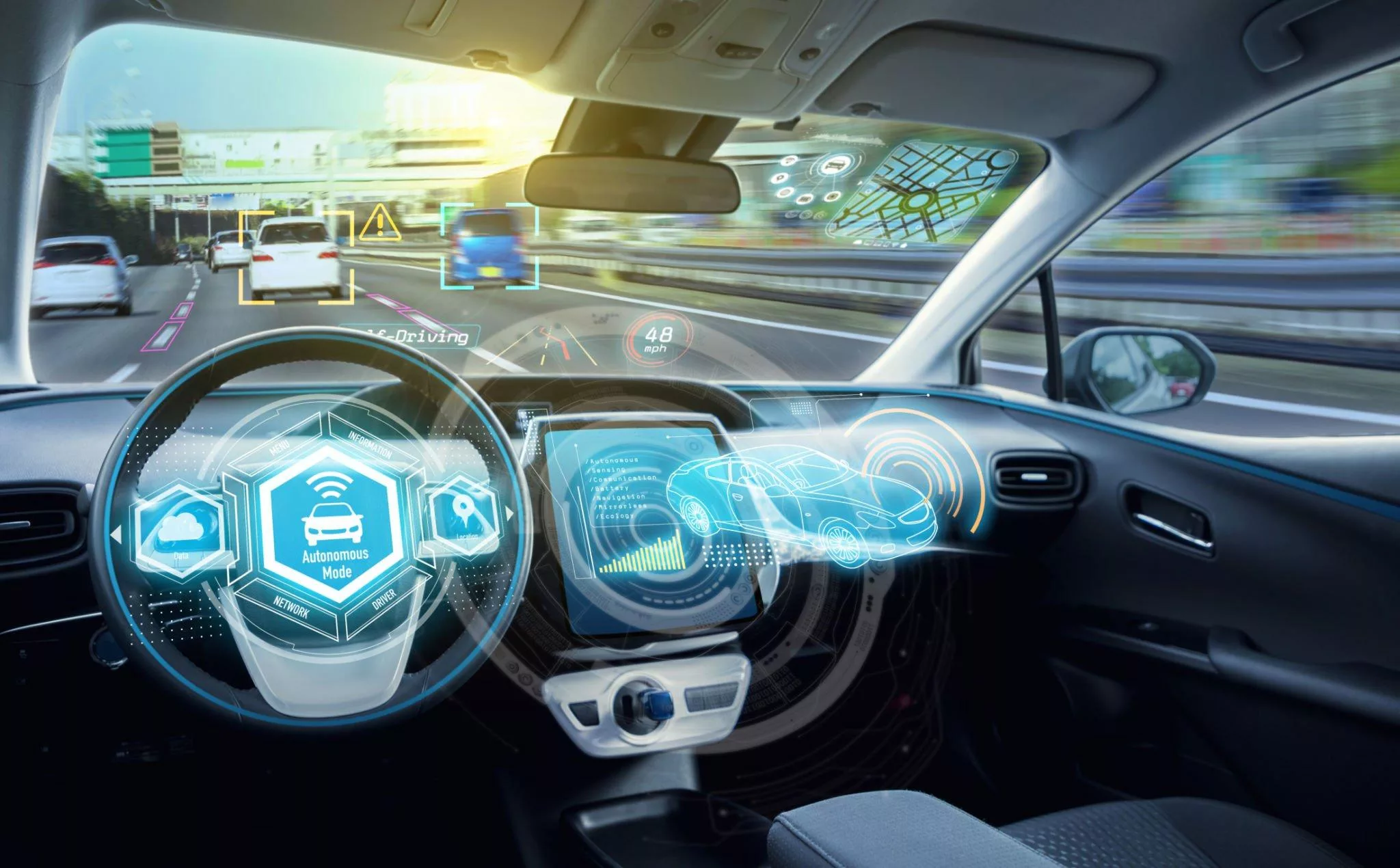
Car safety is a top priority for all of us, and it’s no different in Arizona. With more and more cars on the road, safety is a growing concern. Fortunately, technology is stepping up to make driving safer. Arizona’s laws are also evolving to support these advances. In this blog, we’ll look at how technology is helping reduce the risk of accidents and how Arizona’s laws are changing to protect us on the road.
Advanced Driver Assistance Systems (ADAS)
One of the most important safety advancements in cars is the Advanced Driver Assistance System (ADAS). These systems use sensors, cameras, and radar to help us drive safely. Arizona’s laws support ADAS because they can reduce accidents. Let’s break down some key features of ADAS:
- Adaptive Cruise Control: This clever tech helps you maintain a safe distance from the car in front of you. It adjusts your speed based on traffic, reducing the risk of rear-end collisions.
- Lane Keeping Assist: This feature keeps you in your lane. It’s like a helpful nudge to prevent you from drifting out of your lane, which cuts down on side-swiping and head-on collisions.
- Automatic Emergency Braking: This smart system can detect potential crashes and hit the brakes if you don’t react in time.
- Blind Spot Monitoring: Arizona encourages the use of blind spot monitoring. It’s like having an extra set of eyes to warn you when there’s a car in your blind spot, making lane changes safer.
Rear-View Cameras
In 2018, Arizona passed a law requiring all new cars to have rear-view cameras. This was a big step in reducing accidents while reversing, especially in parking lots and neighborhoods. These cameras give you a clear view of what’s behind your car, preventing collisions with pedestrians and other vehicles.
Autonomous Vehicles
Arizona has been a leader in testing autonomous vehicles. These are cars that can drive themselves. While they’re still in the testing phase, they hold much promise for reducing accidents in the long run. Autonomous cars have advanced sensors, data analysis, and smart algorithms, which make them less likely to make mistakes, the main cause of accidents.
Alcohol Detection Systems
To fight drunk driving, Arizona supports technology that can detect alcohol levels in drivers. Ignition interlock devices, for example, make you blow into a device before your car starts. If it detects alcohol, your car won’t start. These devices have been effective in reducing alcohol-related accidents.
Distracted Driving Laws
Arizona has strict laws and penalties against using handheld devices while driving. Texting is banned for all drivers, and those under 18 can’t use any electronic device while driving. This is because driving while distracted can lead to accidents, and Arizona is determined to put a stop to it.
Pedestrian Safety
In places like Phoenix and Tucson, where the population is denser, Arizona is taking steps to protect pedestrians. Laws have been passed to ensure pedestrians are safe, and technology plays a part too. Crosswalks now have flashing lights, and traffic signals are timed to give pedestrians enough time to cross the street safely.
Vehicle-to-Everything (V2X) Communication
V2X is a fancy way of saying that cars and the stuff on the side of the road can talk to each other. They share information about their speed, position, and what they’re about to do. This real-time sharing of information can help prevent accidents by giving drivers important info about what’s happening around them.
Telematics and Usage-Based Insurance
Telematics is another tech trend in Arizona. It involves devices or apps that monitor how you drive, like your speed and how you brake. Many insurance companies in Arizona now offer insurance plans based on how you drive. This promotes safer driving and saves money for careful drivers.
Conclusion
With advancing technology, car safety is improving, and Arizona’s laws are changing to protect us on the road. From ADAS and rear-view cameras to autonomous cars and alcohol detection systems, Arizona is working hard to keep us safe. To stay safe on the road, it’s important to keep up with these innovations and follow the rules. By doing this, you’re helping make Arizona’s roads safer for all of us. Remember, technology, responsibility, and a commitment to safety are the keys to a safer future on the road.
Sort by Category
Related Posts
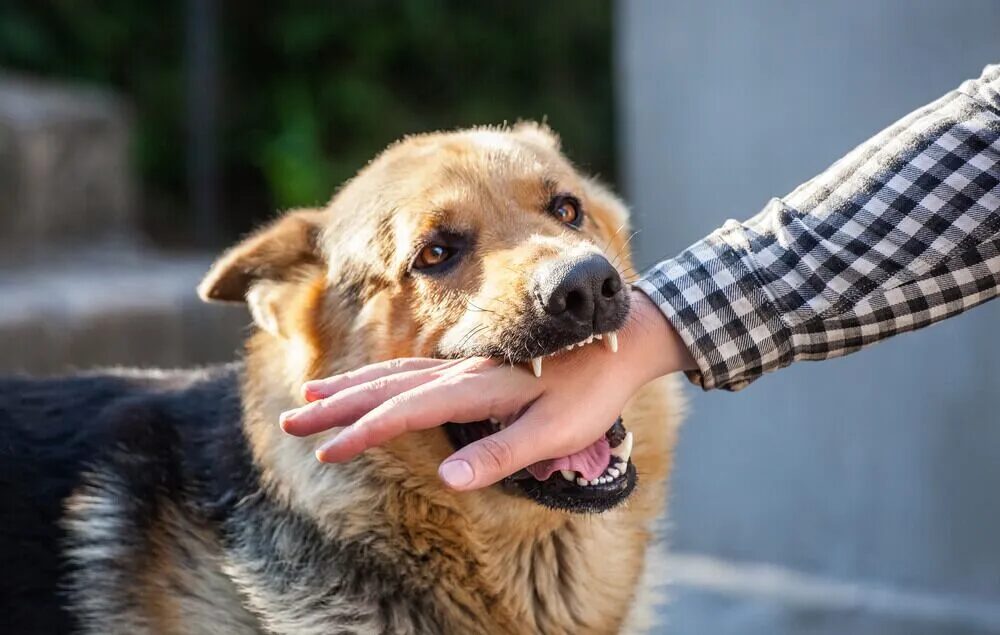
Attacked by a Dog at Someone’s Home: Can I Sue the Homeowner in Arizona?
Arizona law gives strong protection to anyone who is bitten or attacked by a dog while visiting someone’s home. Most victims hesitate because the incident happened at a friend’s place, and they worry the situation will damage the relationship. The truth is, Arizona...
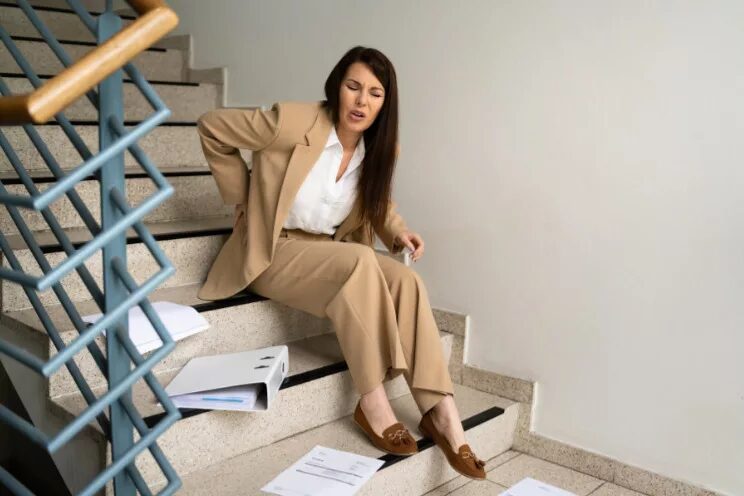
How Property Owners Try to Avoid Slip and Fall Liability in Phoenix
Slip and fall accidents happen more often than most people realize. Every year, over a million people seek emergency room treatment for fall-related injuries. What starts as an ordinary trip to the grocery store, a walk through a parking lot, or a visit to a...
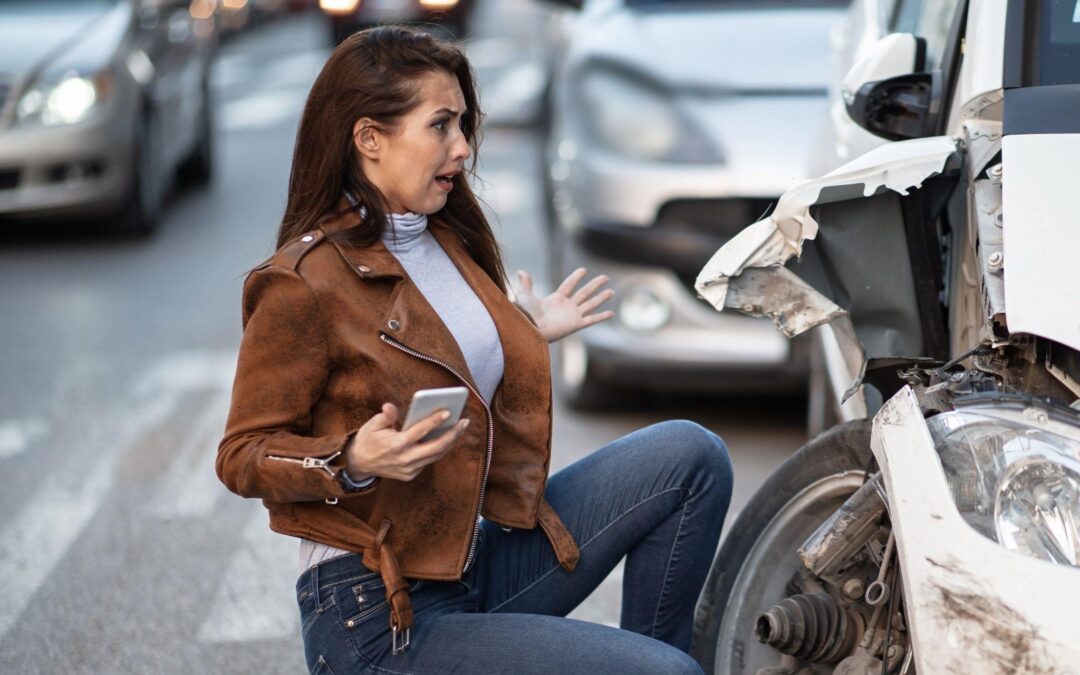
How Much Is My Phoenix Car Accident Case Actually Worth?
After a crash, most victims quickly face medical bills, lost income, car repairs, and overwhelming stress. One of the biggest questions becomes: What is my car accident case really worth? The truth is, no online calculator can tell you the actual value of your...

Arizona’s Strict Liability Dog Bite Law: What Every Victim Should Know
Dog attacks can be terrifying and traumatic. When an aggressive dog turns violent, victims are often left with painful wounds, permanent scarring, infections, and emotional trauma that lingers long after the incident. Just under 4.5 million people in America are...

Hit by a Car While Biking in Phoenix: Your Complete Legal Roadmap
Cycling is a popular way to commute and explore Phoenix. But despite growing bike lanes and awareness campaigns, Arizona continues to see a high number of bicycle accidents involving vehicles. In 2023 alone, Maricopa County witnessed 681 cyclists injured and 26...
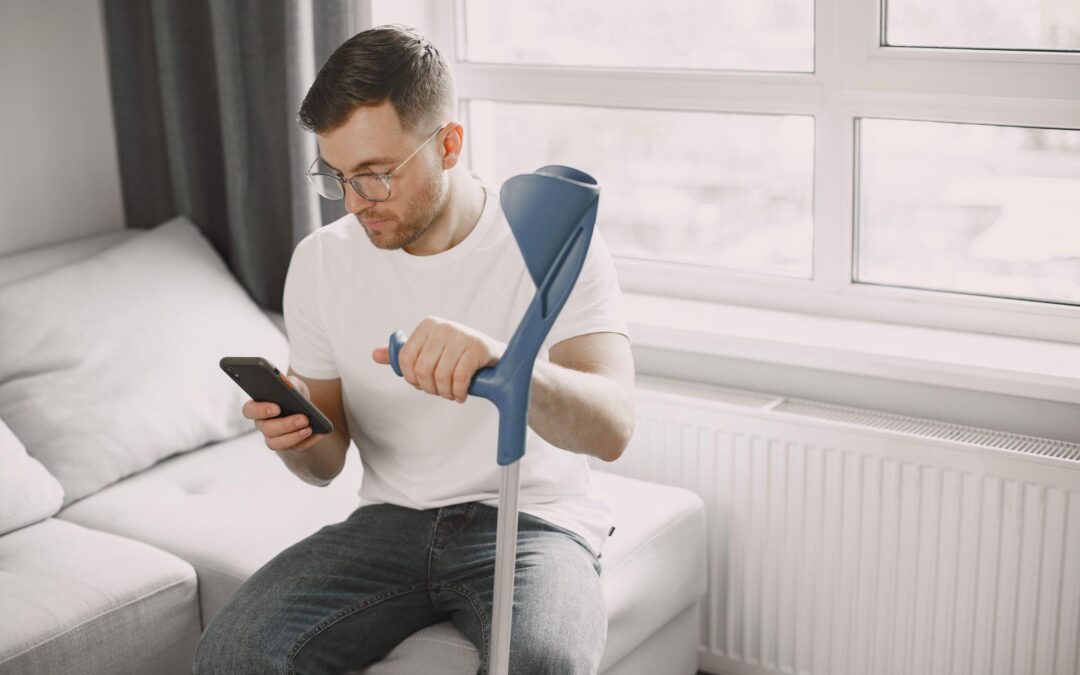
How Long Do I Have to File a Personal Injury Lawsuit in Arizona?
Filing a personal injury lawsuit in Arizona requires understanding the statute of limitations, which dictates how long you have to pursue legal action after an accident or injury. Missing this critical deadline can prevent you from seeking compensation for medical...
